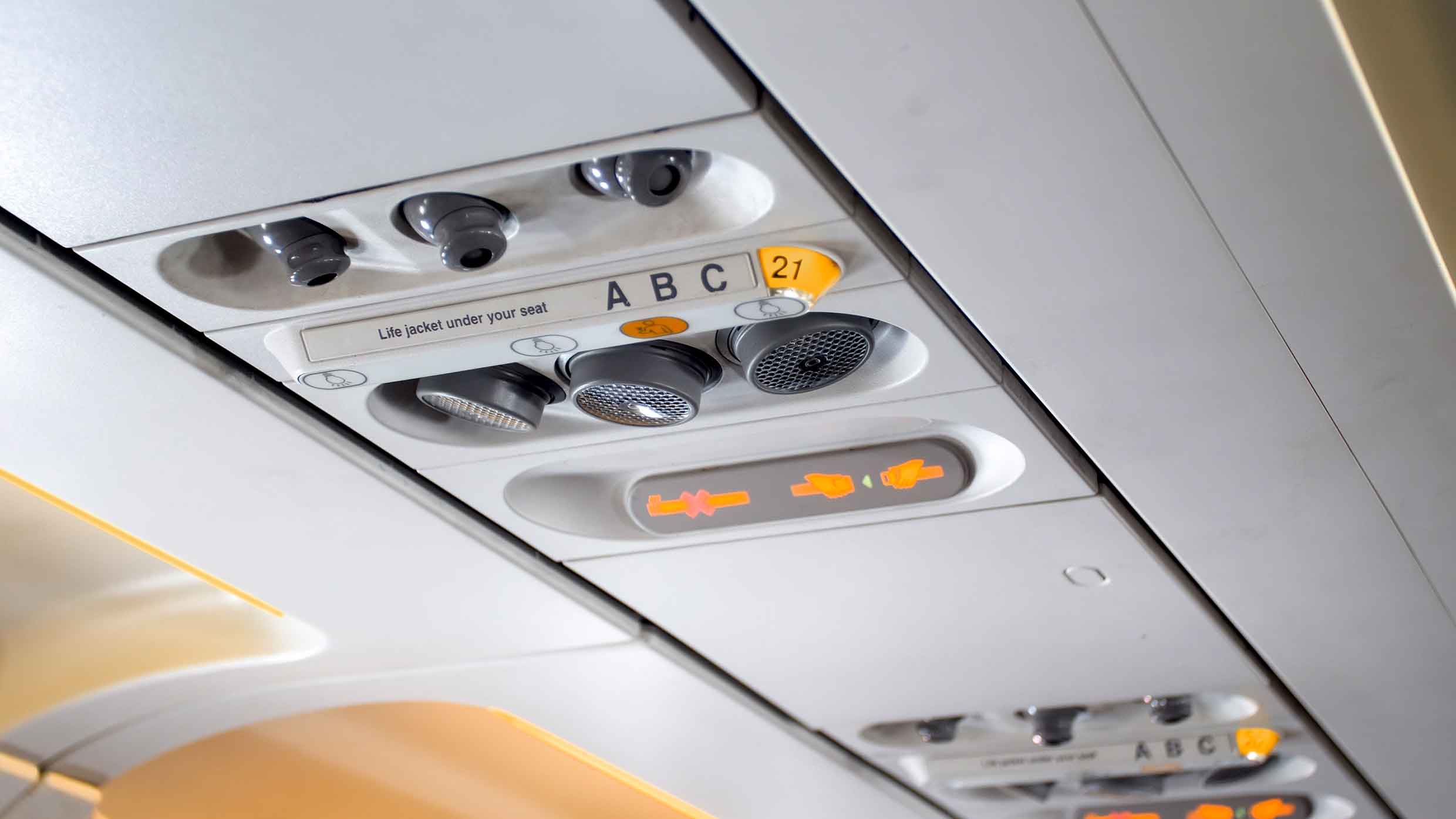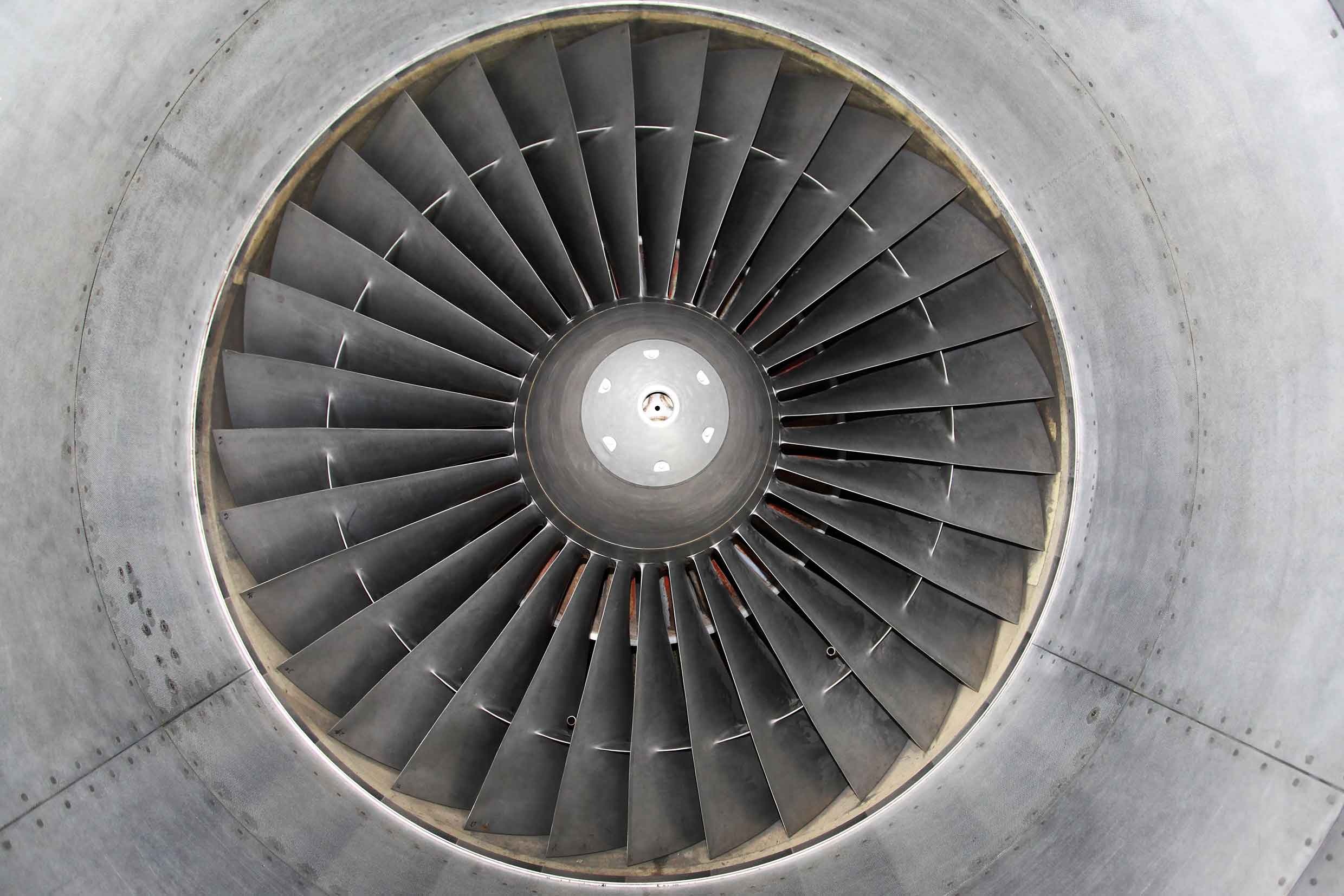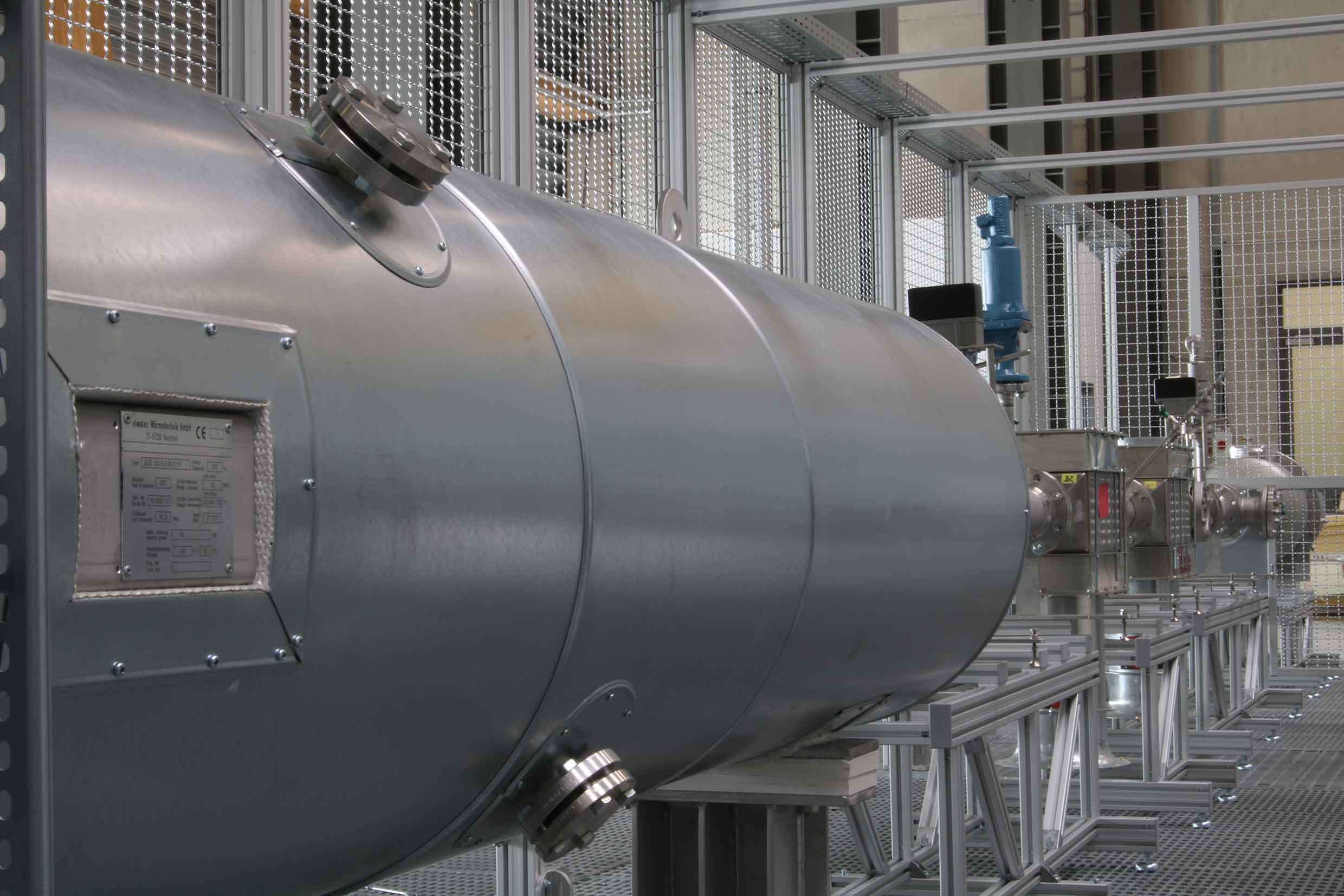How good is the air in aircraft cabins?
Research teams from Fraunhofer IBP already investigated this in a series of studies. The focus of the studies was so-called fume events on board commercial flights - events that fill the cabin with unusual smells but not necessarily visible smoke. Researchers therefore prefer to speak of fume and smell events. Such events are caused by aircraft media such as engine oil that get into the cabin via air drawn off the engines (bleed air). Flight attendants and pilots stated that they developed health complaints due to such incidents.



However, past testing campaigns have shown that fume events occur so rarely that either none were recorded on commercial flights fitted with measuring equipment, or that it was impossible to measure them accurately. A more targeted approach is to simulate fume events and, if possible, to study them in an aircraft without the presence of passengers.
In the European FACTS project, researchers from Fraunhofer IBP were assessing the physical and chemical characteristics of fume events and analyzing how these affect the air quality in the cabin. This happens
- on the ground in a test facility: in these tests, the conditions during which air is drawn off the engines are simulated using a so-called Bleed Air Contamination Simulator (BACS).
And for verification
- on board selected aircraft types or aircraft/engine combinations: fume events are triggered intentionally.
The focus of interest is on pyrolyzed engine oil. Under certain circumstances, this can get into the cabin air supply via damaged engine seals. The crucial question: Is the detected physical and chemical composition of the fume events comparable?
If traces of engine oil get into the airflow of an engine, the oil is highly compressed and heated to a high temperature. Previous studies have not taken this aspect into consideration. To compensate for this, the research team simulates these pressure and temperature conditions on the ground in a controlled manner. Hot, compressed air is selectively contaminated with engine oil and the path from the air extraction point is simulated all the way to the cabin and cockpit (simulated Environmental Control System). The scientists take air samples at various points and determine the physical/chemical properties of the contaminants.
BACS makes it possible to simulate the environmental conditions of different engine types (pressure up to 8 bars, temperature up to 590 °C) as well as to investigate other possible cabin air contaminants such as hydraulic oil or de-icing fluid.
In the national aviation research project “KlimaTIS” (air conditioning technologies for innovative systems), which is running at the same time, the scientists are also studying potential cabin air pollutants.